Joint Virtual User Identification and Channel Security En/Decoding Method for Ad hoc Networks
-
摘要:
Ad hoc网络是一种无中心的自组织网络,由于用户能量受限当信噪比较低时有效用户识别的可靠性和信道安全性下降。该文针对这个问题提出一种联合有效用户识别与信道安全编译码方法。将发送用户的正交地址码与接收用户的伪随机地址码异或产生基于发送用户与接收用户的有效用户识别码。为提高信道安全性以信道安全码作为密钥加密有效用户识别码得到正交随机安全序列。为实现扩频并提高传输效率将发送数据以6 bit信息作为一个符号进行分组,将每个符号与一个正交随机安全序列对应。接收用户采用基于子空间的方法处理接收信号,通过建立判决模型识别有效用户。实验结果表明该方法与已有方法相比,当有效用户识别的漏警概率为10–3时信噪比增益改善1.6 dB。
Abstract:Ad hoc network is a kind of self-organized network without center. The reliability of virtual user identification and channel security are reduced when SNR is low due to user energy limitation. In order to solve this problem, a joint virtual user identification and channel security en/decoding method is proposed in this paper. Transmitter-receiver-based virtual user identification code is generated by xoring the orthogonal address code of transmitter with the pseudo random address code of receiver and encrypted with channel security code as key to acquire orthogonal random secure sequence so as to improve channel security. In order to realize spread spectrum as well as improve transmission efficiency, transmitted data is divided into 6-bit symbols, each symbol is mapped with an orthogonal random secure sequence. Receivers adopt subspace-based method to process received data and establish a judgment model to identify virtual users. Simulation results indicate that the proposed method obtains 1.6 dB
\begin{document}${{E_b}}/{{N}}_0$\end{document} gains compared with existing methods when miss alarm rate of virtual user identification is 10–3.
-
表 1 沃尔什码表
编号 沃尔什码 1 0110100110010110100101100110100110010110011010010110100110010110 2 0011001111001100110011000011001111001100001100110011001111001100 $ \vdots $ $ \vdots $ 64 0110011001100110011001100110011001100110011001100110011001100110 表 2 M序列表
编号 M序列 1 1101111110101110001100111011000000111100100101010011010000100010 2 1011111101011100011001110110000001111001001010100110100001000101 $ \vdots $ $ \vdots $ 64 0101101111110101110001100111011000000111100100101010011010000100 表 3 信道安全码表
编号 信道安全码 1 1001110111000111111110001010110010101011101000110101000100101000 $ \vdots $ $ \vdots $ 64 0101100010010101011001110111100101001001011001010010001010001001 表 4 正交随机安全序列表
6 bit符号 正交随机安全序列 000000 0100101100001101000010011010010101000100111000000101000011111011 $ \vdots $ $ \vdots $ 111111 1000111001011111100101100111000010100110001001100010001101011010 表 5 仿真实验参数
实验参数 取值 数据包长度PL 1200 bit 正交随机安全序列长度$N$ 64 bit 符号间隔$T$ $2 \times {10^{ - 6}}$s -
WU W C and CHEN K C. Identification of active users in synchronous CDMA multiuser detection[J]. IEEE Journal on Selected Areas in Communications, 1998, 16(9): 1723–1735. doi: 10.1109/49.737641 LIN D D and LIM T J. Subspace-based active user identification for a collision-free slotted ad hoc network[J]. IEEE Transactions on Communications, 2004, 52(4): 612–621. doi: 10.1109/TCOMM.2004.826415 PAD P, SOLTANOLKOTABI M, HADIKHANLOU S, et al. Errorless codes for over-loaded CDMA with active user detection[C]. 2009 IEEE International Conference on Communications, Dresden, Germany, 2009: 1–6. doi: 10.1109/ICC.2009.5199003. ANGELOSANTE D, BIGLIERI E, and LOPS M. Multiuser detection in a dynamic environment—part II: Joint user identification and parameter estimation[J]. IEEE Transactions on Information Theory, 2009, 55(5): 2365–2374. doi: 10.1109/TIT.2009.2016008 ANGELOSANTE D, BIGLIERI E, and LOPS M. Low-complexity receivers for multiuser detection with an unknown number of active users[J]. Signal Processing, 2010, 90(5): 1486–1495. doi: 10.1016/j.sigpro.2009.10.019 VÁZQUEZ M A and MÍGUEZ J. User activity tracking in DS-CDMA systems[J]. IEEE Transactions on Vehicular Technology, 2013, 62(7): 3188–3203. doi: 10.1109/TVT.2013.2251024 ZHANG Yijin, SHUM K W, WONG W S, et al. Binary sequences for multiple access collision channel: Identification and synchronization[J]. IEEE Transactions on Communications, 2014, 62(2): 667–675. doi: 10.1109/TCOMM.2013.121313.130331 田珊, 张灿. 无线ad hoc网络中基于跨层设计的有效用户识别方法[J]. 中国科学院研究生院学报, 2009, 26(5): 681–687.TIAN Shan and ZHANG Can. Virtual user identification based on cross-layer design in wireless ad hoc networks[J]. Journal of the Graduate School of the Chinese Academy of Sciences, 2009, 26(5): 681–687. ROZOVSKY R and KUMAR P R. Seedex: A MAC protocol for ad hoc networks[C]. The 2nd ACM International Symposium on Mobile Ad Hoc Networking & Computing, Long Beach, USA, 2001: 67–75. doi: 10.1145/501426.501427. JEONG B K, SHIM B, and LEE K B. MAP-based active user and data detection for massive machine-type communications[J]. IEEE Transactions on Vehicular Technology, 2018, 67(9): 8481–8494. doi: 10.1109/TVT.2018.2849621 AHN J, SHIM B, and LEE K B. EP-based joint active user detection and channel estimation for massive machine-type communications[J]. IEEE Transactions on Communications, 2019, 67(7): 5178–5189. doi: 10.1109/TCOMM.2019.2907853 KIM W, LIM G, AHN Y, et al. Active user detection of machine-type communications via dimension spreading neural network[C]. 2019 IEEE International Conference on Communications, Shanghai, China, 2019: 1–6. doi: 10.1109/ICC.2019.8761407. 葛文萍, 张雪婉, 吴雄, 等. 基于部分码字消息传递的SCMA多用户检测算法[J]. 电子与信息学报, 2018, 40(10): 2309–2315. doi: 10.11999/JEIT171073GE Wenping, ZHANG Xuewan, WU Xiong, et al. Message passing multiuser detection algorithm for SCMA based on partial codewords searching[J]. Journal of Electronics &Information Technology, 2018, 40(10): 2309–2315. doi: 10.11999/JEIT171073 杨维, 赵懿伟, 侯健琦. 一种改进基于门限的稀疏码多址接入低复杂度多用户检测算法[J]. 电子与信息学报, 2018, 40(5): 1044–1049. doi: 10.11999/JEIT170647YANG Wei, ZHAO Yiwei, and HOU Jianqi. An improved threshold-based low complexity multiuser detection scheme for sparse code multiple access system[J]. Journal of Electronics &Information Technology, 2018, 40(5): 1044–1049. doi: 10.11999/JEIT170647 Rand Corporation. A Million Random Digits with 100, 000 Normal Deviates[M]. New York, USA: Free Press, 1955: 5–404. -






 下载:
下载:
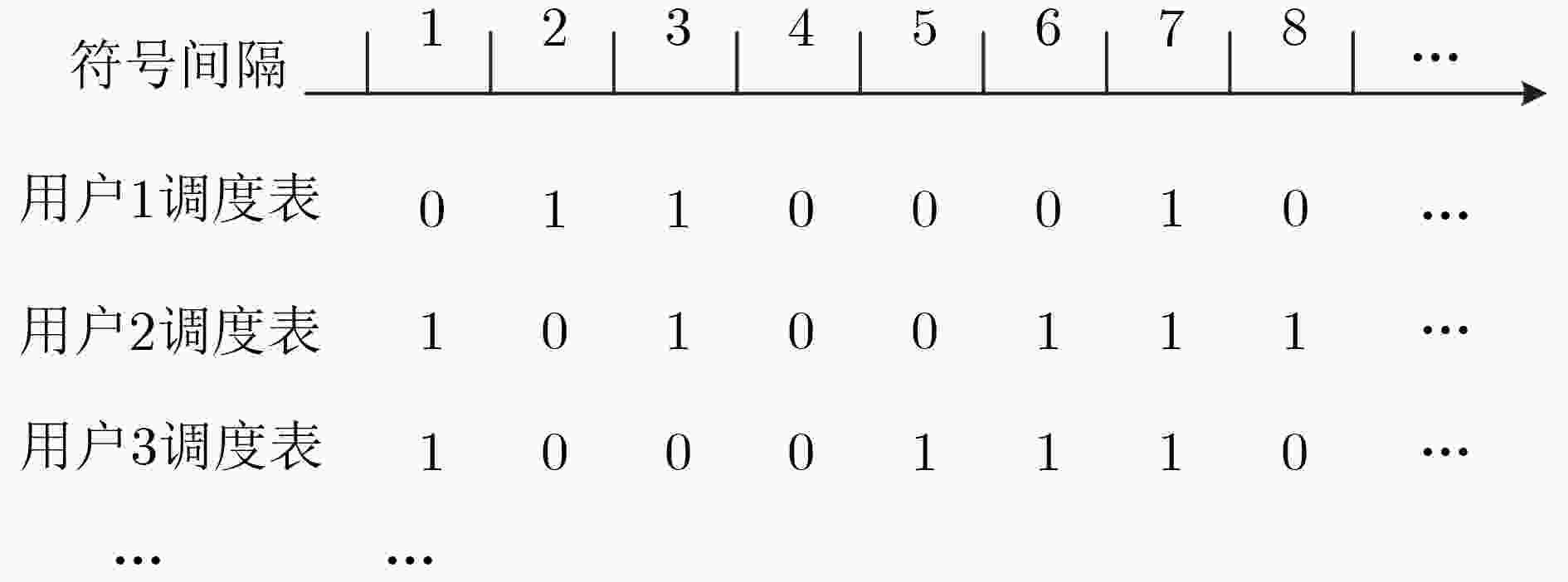


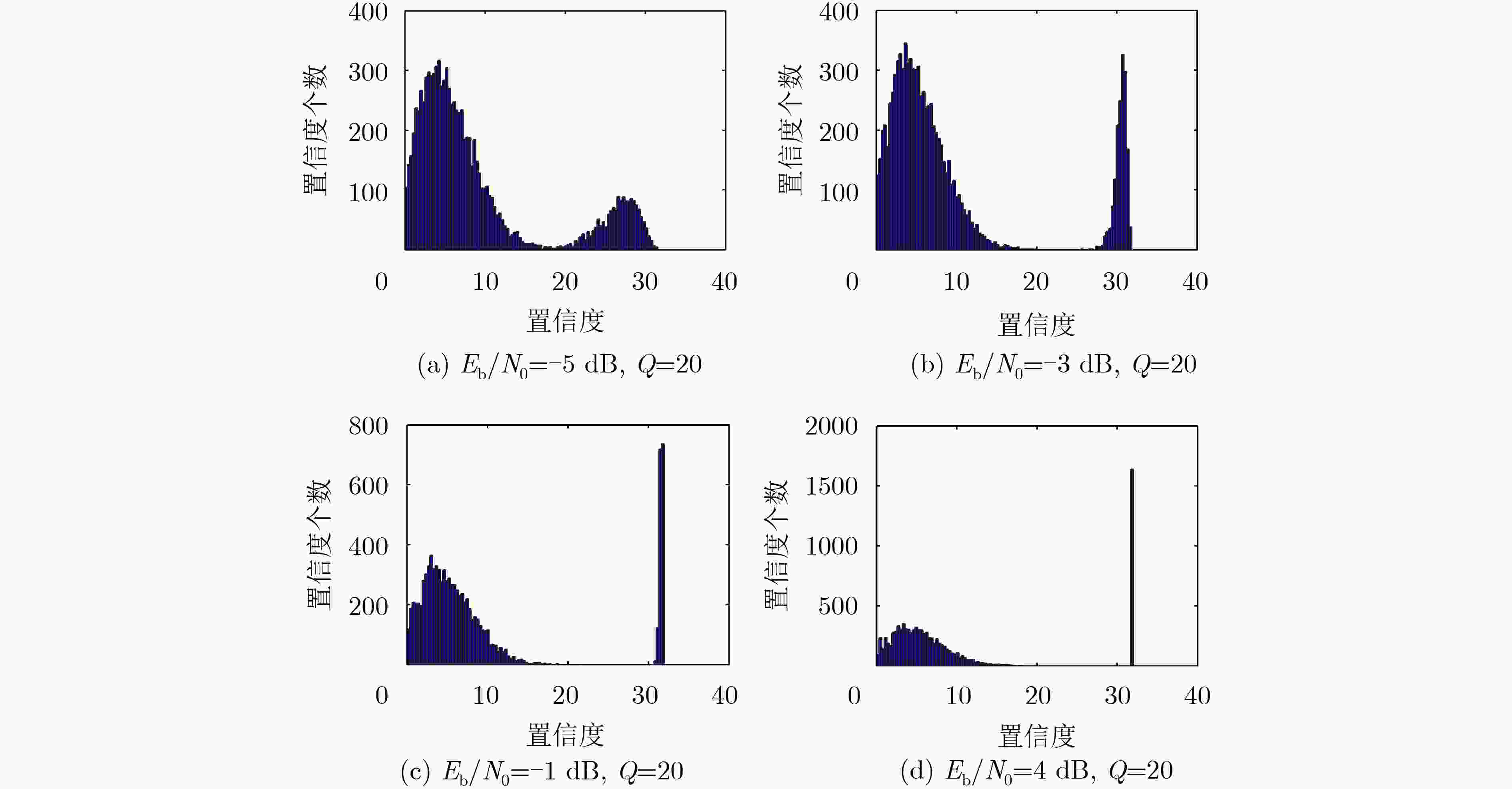



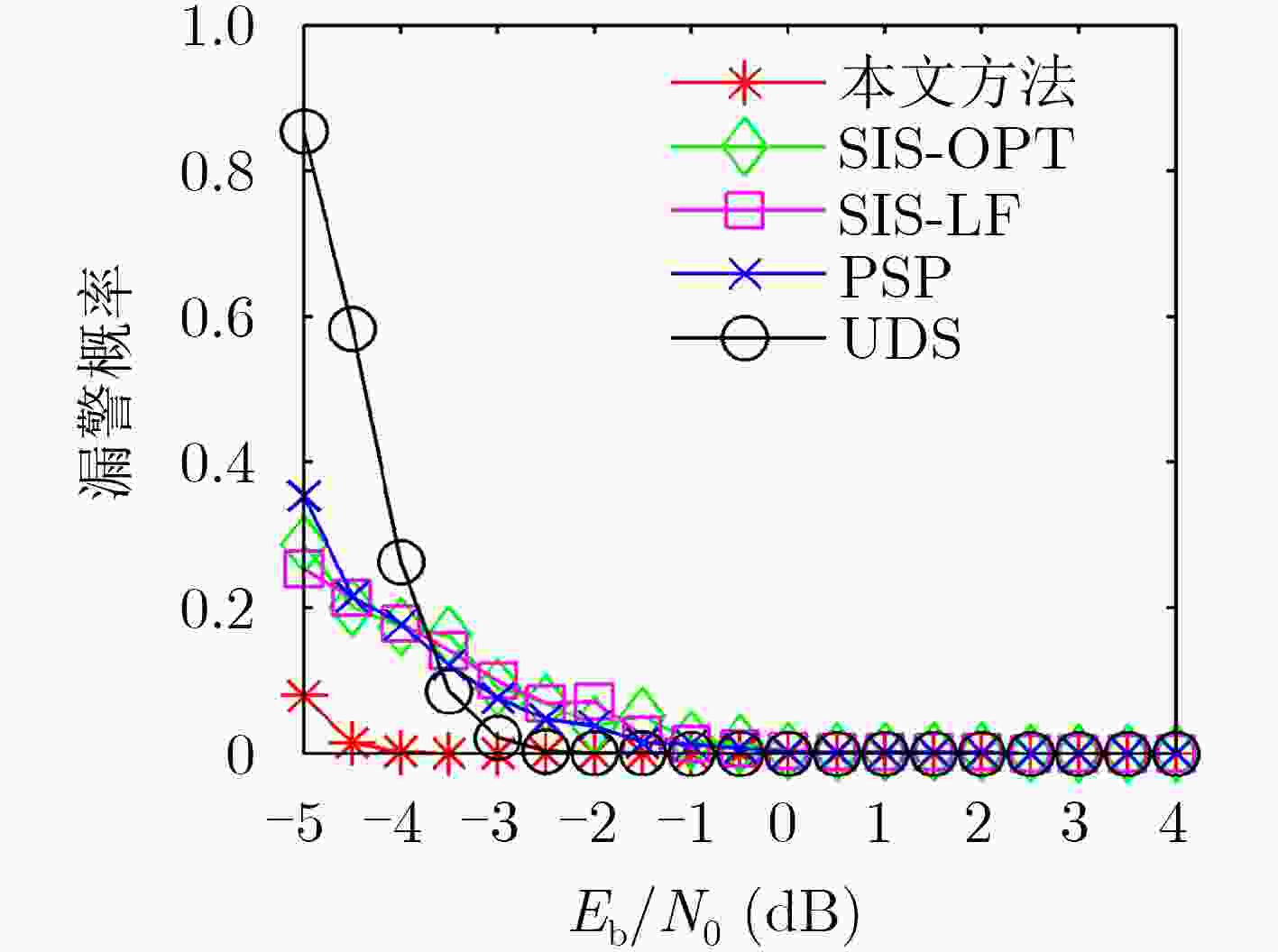


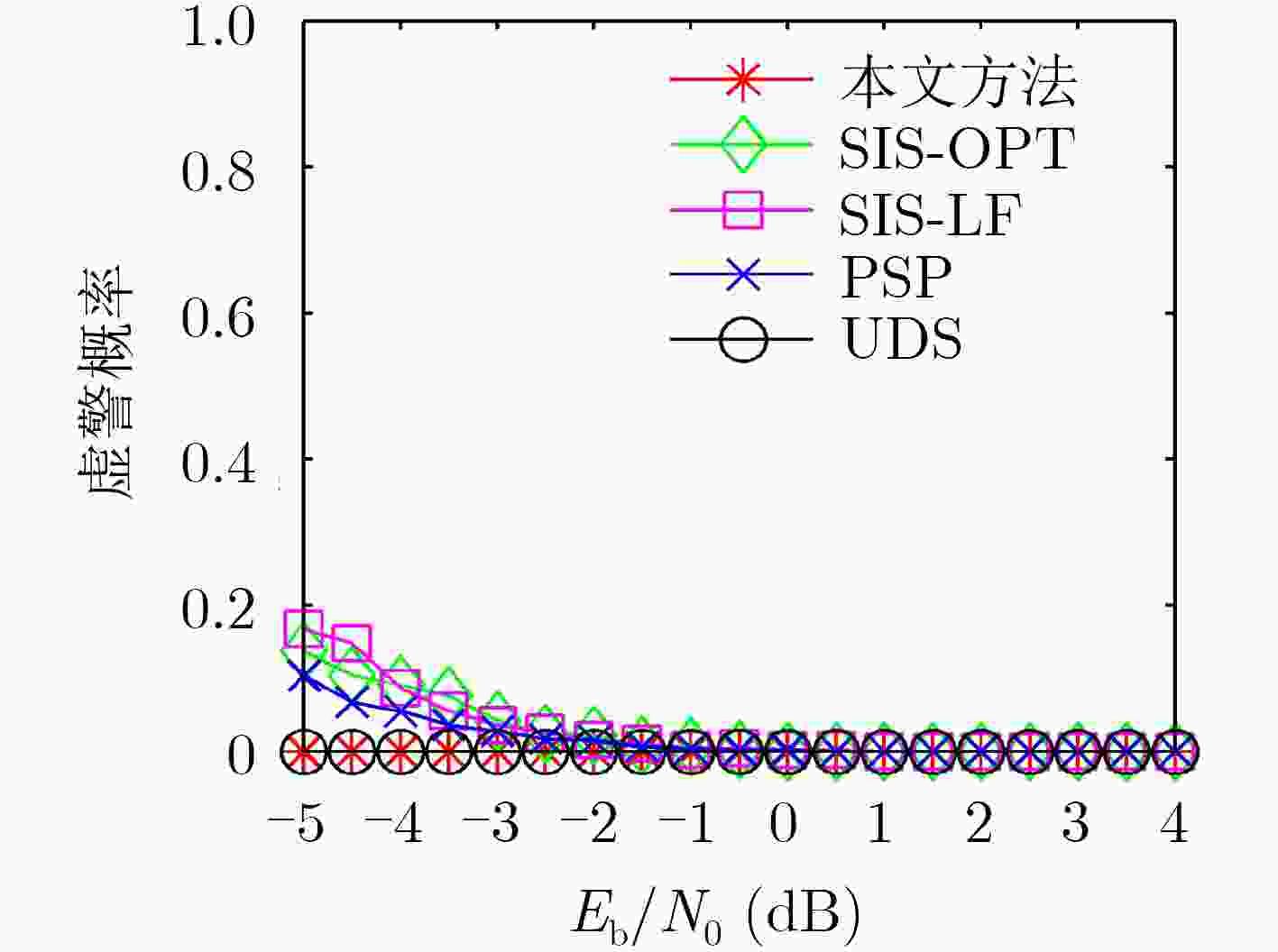


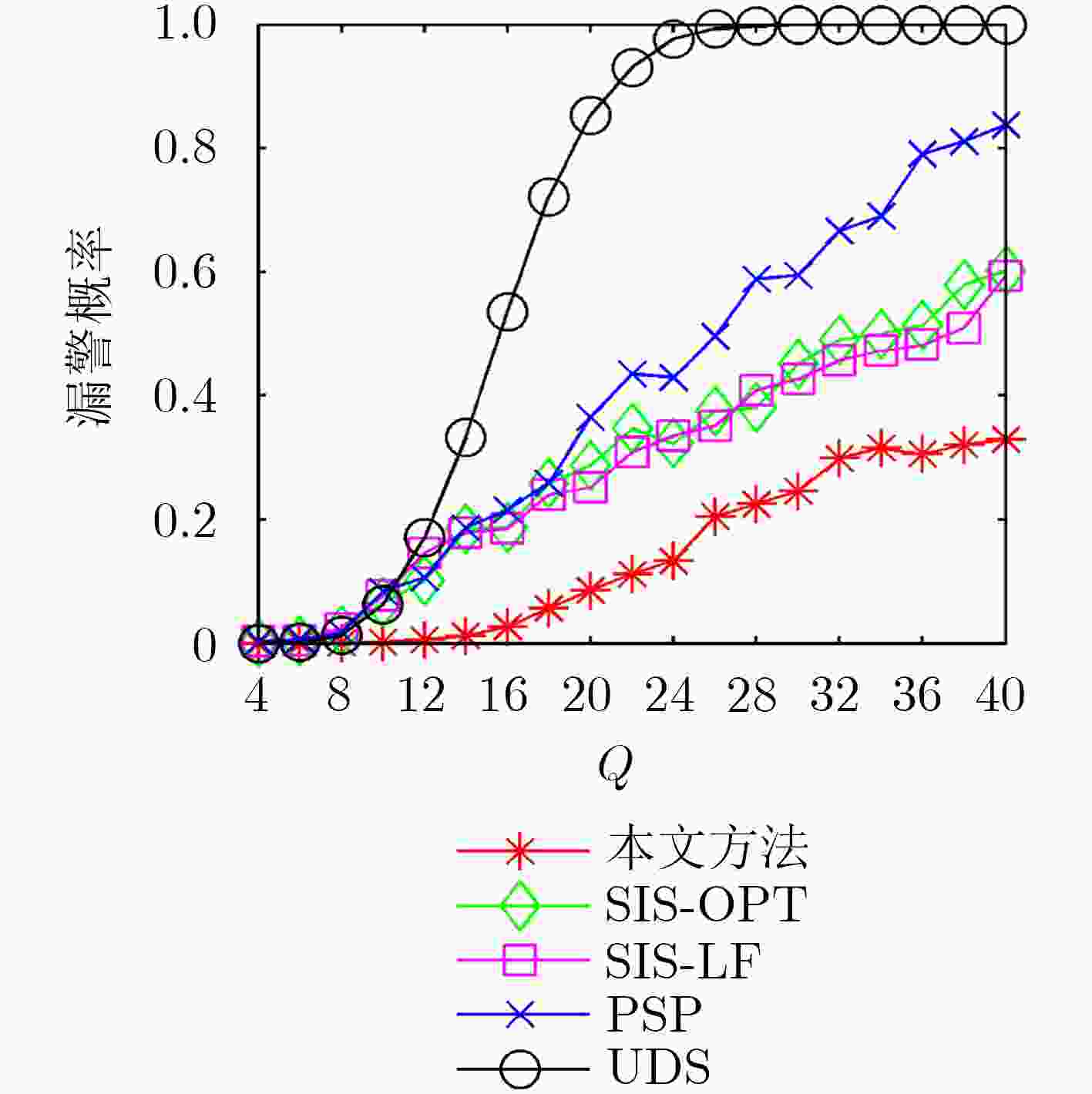


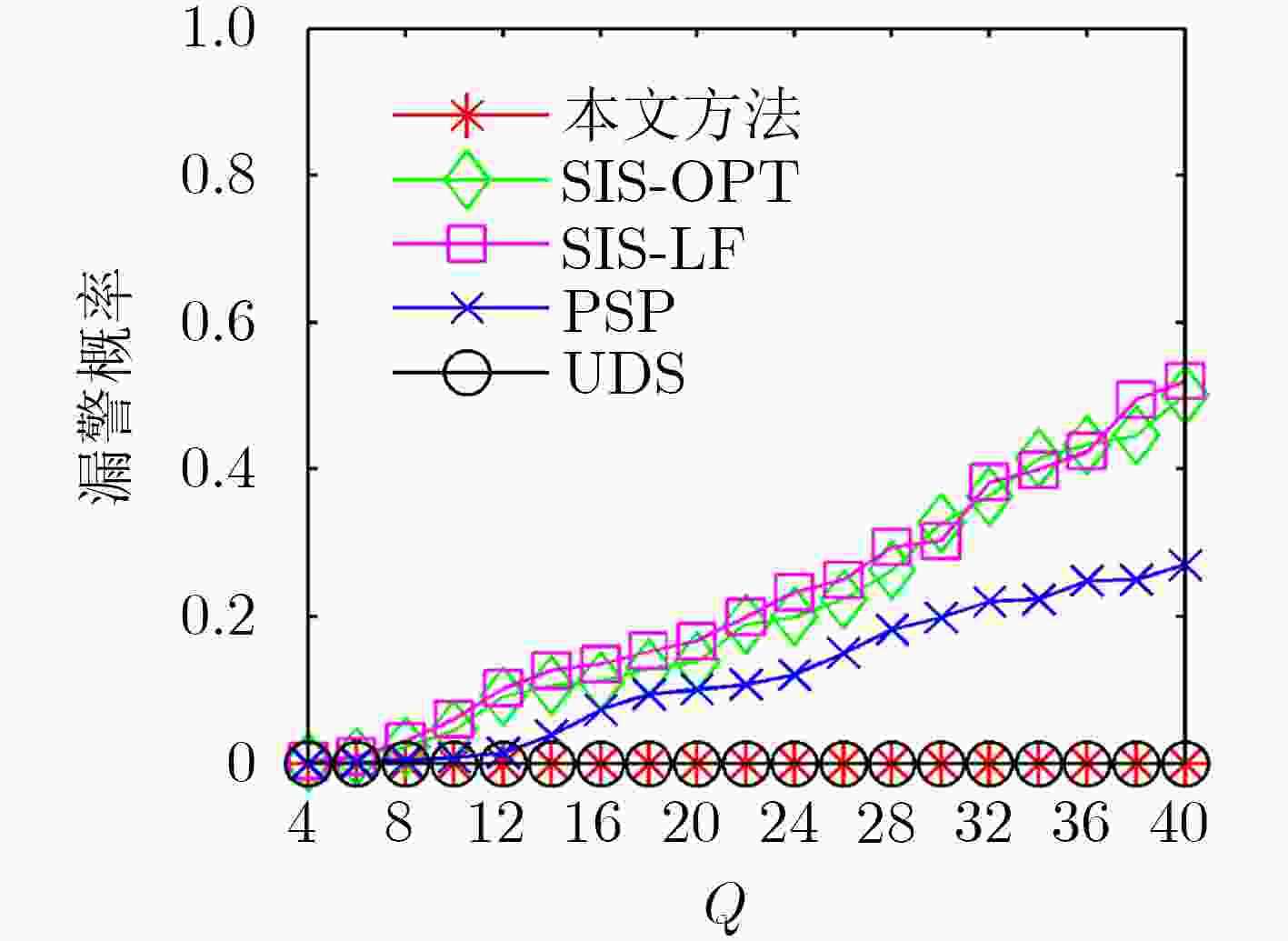




 下载:
下载:
